The Paperback Problem – Print or Not?
For some authors, they’re first and foremost. For others, it’s an afterthought. Today, we ask where physical, paperback or hardback copies of your books fit into your self-publishing strategy. Ginger uses images of one of his own books as an example, but if you’d like to share pictures of your own physical books – plus any tips or tricks you have for printing them – we’d love you to hear from you in the comments section below.
“There’s nothing like a real book,” one of my old college buddies recently told me. “The feel of it in your hands. The smell of the paper. You’ll never catch me reading anything on a Kindle.”
We’d studied English literature together – so far from sounding erudite and cultured, I argued that his position was kind of arrogant. In refusing to read eBooks, my oh-so-cultured friend cut himself off from 37% of fiction books published that year (or the majority of all fiction books, if you factor in romance – at least according to BookRiot.com.)
His response was to argue that only ‘proper‘ books were available in print – which sounded an awful lot like the argument that all ‘proper’ books are published by traditional publishing houses.
While I continued to argue with him about the merits of self-publishing, I’ll admit that his point struck a nerve. I’ve wanted to be a writer since I was nine-years-old, and back then it was long before the Kindle was invented. To me, being a writer meant your name on the cover of a dog-eared paperback, and while I think there’s an undeserved stigma to self-publishing, I will admit that there’s nothing like seeing your book physically in print.
Fortunately for self-published authors, putting your book into physical print is super easy – barely an inconvenience. Thanks to pioneering services like Lulu and Amazon’s own CreateSpace (which has since merged into KDP itself), you can print out really nice physical copies of your books within a week or so – and for pretty much the same cost as a physical book in a bookstore.
You can also offer physical copies of your book for sale on the same Amazon product page as your digital book – making it easy for customers to buy a print version rather than an eBook.
The question now becomes – why? Or, in the case of many authors, why not?
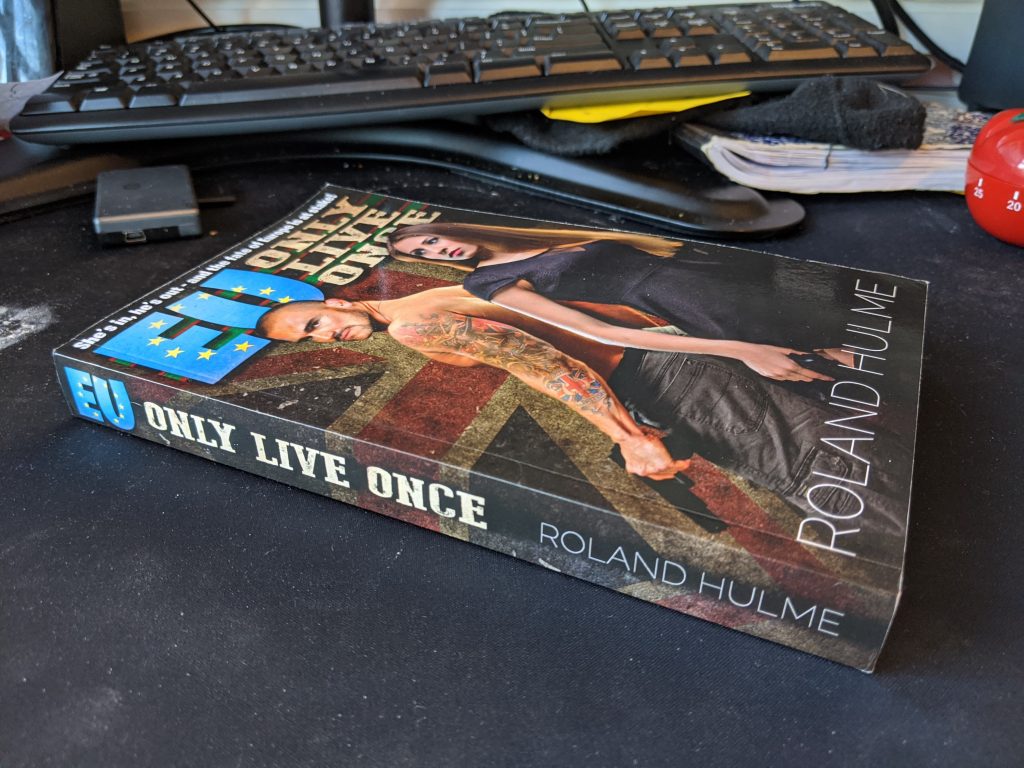
Is it worth producing physical copies of my books?
That’s a legitimate question, because different authors hold paperbacks in different levels of esteem. For example, I’d sold nearly 20,000 digital copies of my romance books (on my other pen name) before I ever offered a paperback version of them – but many authors I know from other genres wouldn’t think of letting their novel go live unless it was available in paperback (or more.)
With that in mind, let’s explore the case for and against putting your book in print – and what’s required if you decide to do so.
Printing your Book
If you’re an independent author, why should you invest the time and energy into producing a print version of your book? Well, the answer is probably the same one you gave for why you wrote the book in the first place – because that’s the point.
We each have a different story about how we became writers, or what sparked our love of reading, but most of those stories involve a physical copy of a book. For me, it was a sixty-year-old hardback of The Saint in New York that my father bought me. I’m not sure what sparked your love of reading – but most of the people reading this blog are probably part of the generation that still fondly remembers physical books.
So, as a writer, there is nothing more validating or affirming than seeing your book in print. It makes it real. It makes it physical. To me, having a bookshelf filled with paperbacks of my own books feels incredible – it makes me feel like a writer.
So, when anybody asks me why I’m printing paperback copies of my books – it’s because I want to; and for no other reason.
Commercially, it’s not much of a prospect. In the last 90 days, I’ve sold thousands of copies of my digital eBooks, but only 5 paperbacks. What’s more, I’ve made significantly more money on each of those digital books than I have with the physical ones. This is largely because the marketplace for the romance genre is almost entirely digital – 89% of all romance sales are eBooks (which is why many romance authors don’t bother offering paperbacks.)
But that’s romance… In other genres, paperbacks are much more popular. In children’s books, for example, the majority of books are still printed – because people like to sit down with their kids and read from a storybook.
The decision whether or not to print physical copies of your book is up to you – and the point here is that even if it’s just so that your grandkids will be able to dig through the bookshelves and find the stories that grandpa or grandma published.
But it’s also great to be able to send physical copies of books to fans, share them with family and friends, or offer them for sale at book fairs and other vending events (you can’t sign an ebook copy for a fan!). However, if that sounds like an awful lot of work, you’re not alone in thinking so – and before you jump into printing physical copies of your books, here are some of the things to consider:
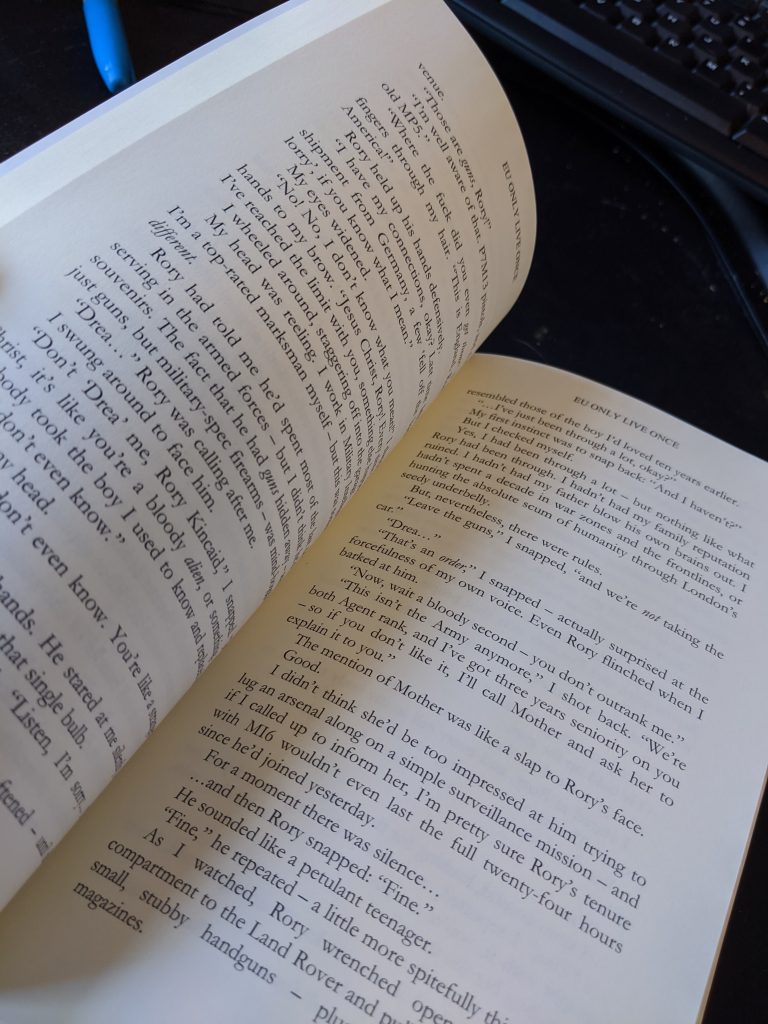
Not Printing your Book
One of the magical things about self-publishing is that it’s easy. Anybody with a word processor and a bank account can get to work selling eBooks on Amazon and other marketplaces, and the barriers to entering the realm of self-publishing remain very low.
However, it takes a lot more work to be successful at it. If you want to make any real income from being an independent author, you’ll need to invest the time and money not just writing a great book, but also having a cover that’s indistinguishable from traditionally-published books, and editing and proofing that’s as tight as a ‘real’ book, too.
Not only is that achievable – but most successful independent authors these days produce a quality of work that is at least equal to (if not superior) to anything published by one of the ‘big five’ publishing houses. However, to reach that point takes time, experience, and the willingness to learn.
Self-publishing is easy. Successful self-publishing is hard.
Self-publishing printed copies of your book is even harder still!
When it comes to formatting your book correctly, and producing a print-ready cover, the barriers to entry get a lot steeper. You’ll need some experience and expertise with Microsoft Word, or Vellum, to produce a print-suitable manuscript for your book; and while you can just upload any 1,000+ pixel art as a cover for an eBook, you’ll need to factor in front and rear cover, spine width and bleed to produce a print-suitable cover.
This stuff is easy enough to learn – but it takes time, resources, and effort that isn’t often reflected in the reward for doing so.
That brings me onto the second challenge in producing printed copies of your books – where to sell them.
For decades, the traditional publishing industry has owned the market for physical books because they can produce them at scale, and ship them en masse to distributors nationwide. This keeps things profitable for all involved.
Independent authors don’t have that advantage.
Many bookstores won’t carry books by self-published authors. If they do, the authors have to supply the physical copies of the books – and hope for reimbursement when (and if) those copies sell. Physical bookstores also want significant shares of the royalties – generally around 50% of the book’s list price.
If you’re Penguin books, and printing 5,000 copies of a paperback, that’s easy enough. If you’re an independent author, your margins are going to make things untenable.
For example, according to Mill City Press, the cost for a self-published author to print physical copies of their 400 page paperback would be $6.83 for the first 100 books.
For 2,000 copies of that same book, the cost is $3.80. For a standard print-run of 5,000 copies, the cost would go down even further but of course, your own up front investment also goes up. It’s much more reasonable for an independent author to take a $683 chance that they can sell all 100 books than a $7600 gamble that they can sell 2000 copies.
A traditional publishing company pays a fraction of that since they usually do it in house and do larger print runs. Their costs are more around $1 each, which means even if they sold a book for a reasonable $12.99 and gave the bookstore 50% of the sticker price at retail ($6.50) they’d still be making a healthy $5.50 per copy.
For a self-published author just to earn a much more modest profit at a $12.99 price point, they’d have to make a massive up-front investment of at least 2000 copies and hope that they all sell. Best case they can earn less than $3 a copy, worst case they lose thousands. If they only printed 100 copies to mitigate their risk, they’d have to charge $14 just to break even, or about $17 just to see the same sort of profit.
Even hardcore readers don’t generally pay $17.00 for a paperback – not unless it’s by Stephen King, or J.K. Rowling.
It’s not a gamble most independent authors are willing to make. There are no guarantees that you’ll sell all 2000 copies, and bookstores won’t keep merchandise that doesn’t move. I know more than a few self-published authors who decided to ‘save money’ by ordering a huge print run, and then had hundreds of copies of their own books sitting unsold in their garage.
Essentially, paperback books are the final, most difficult market to break into with self-publishing; and profit is probably never going to be a smart motivation for getting into print.
Where can you sell your print books?
While it’s practically impossible to get your self-published book featured in equal prominence to traditionally-published books on the shelves of Barnes & Noble, there are many authors who find marketplaces for their physical books by going to independent bookstores and asking them to stock a few copies.
Again, it’s the burden of the writer to print and supply these physical copies – and soak up the cost if they don’t get sold – but independent bookstores are generally far happier to consider this, and can even be incredibly supportive to writers, knowing that offering book launches and the like is a great way to bring customers into their store.
Another marketplace are fairs. Some authors set up booths or stands at fairs and markets and sell copies of their books that way. Again, the printing costs are on them – but it’s a rewarding and exciting way to spend a day and engage with readers, and generally you can sell books at a cost that will at least pay for the expenses of physically going to a fair or show.
Marketplaces do exist for self-published paperbacks – just don’t expect them to serve as your most profitable sales channel.
What’s the process for getting a book in print?
Okay, so if you’ve committed to getting physical copies of your book printed – good for you!
The process for doing so is a lot more complicated than publishing an eBook – but if you use a service like Amazon’s KDP or Lulu, they do walk you through it as much as possible.
The two major components you’ll need are a print-ready manuscript, and a print-ready cover.
The manuscript will have borders and offsets for print publication – including blank pages and other facets like that. I definitely recommend using one of the pre-existing templates that the various services offer – which allow you to copy and paste your book into existing formatting. You can also use programs like Vellum, which do all the heavy lifting for you.
Less easy to manage is the cover.
For an eBook, all you need is a 1000 pixel .jpg image – although obviously the more professional it looks, the better your book will sell.
For a print book, though, you’ll need the cover, spine and rear cover; and many independent authors start to balk at their book description when they try to fit it on the back of their book! You’ll also have to factor in ‘bleed’ so your images line up, and produce a copy in a print-ready .pdf format that lines up to the margins.
For anybody adept with Photoshop, this is achievable – but for those who aren’t so handy, it can be a real problem. Given that there’s a cost involved for printing even mock-up versions of your book, this is a stage where it’s worth asking for help with if you’re not feeling confident (and, of course, we offer such services.)
The process is straightforward, if not easy – and it’s most definitely as easy as Amazon and Lulu can make it. However, once you see the work involved; you might better understand why not all authors take this route.

Is it worth it?
Not all authors take the route of printing copies of their own self-published book – but I argue that it’s worth it if you do. To see your own book, on your own bookshelf, is an incredibly rewarding feeling irrespective of how ‘successful’ you think you are as an author.
To my mind – growing up in a house stuffed with my parent’s paperbacks, by authors who have long-since fallen into obscurity – it’s worth it for yourself, if nobody else.
To be a writer is a magical experience in and of itself – you are literally creating something from nothing, by channeling the narrative in your head onto the screen.
To take it that step further – to turn it into a physical thing – is a different type of magic.
Unless we’re at the level of Stephen King or J.K. Rowling, it’s probable that nobody will remember our books in a century’s time. Think how many thousands of paperback authors have disappeared into obscurity in the centuries leading up to this point.
But it doesn’t matter – because they got to hold their writing in their hands, and connect with it in a way only real writers can.
Real writers aren’t defined by their success, or their position on the best-seller lists – but by writing.
A writer writes – and the reward you get for doing so is the magical feeling of seeing your own book on the bookshelf or coffee table.


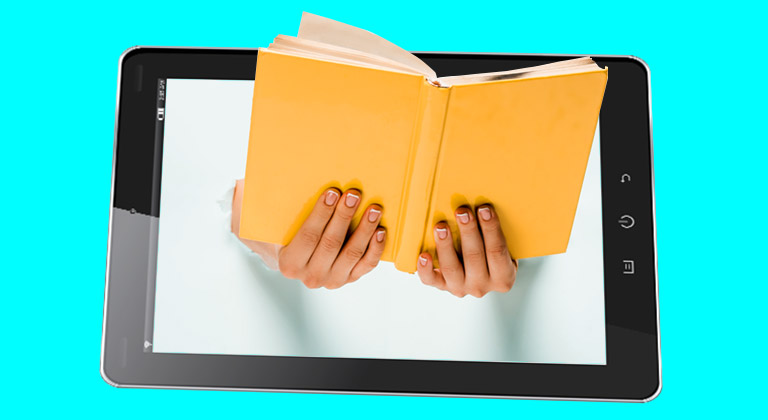

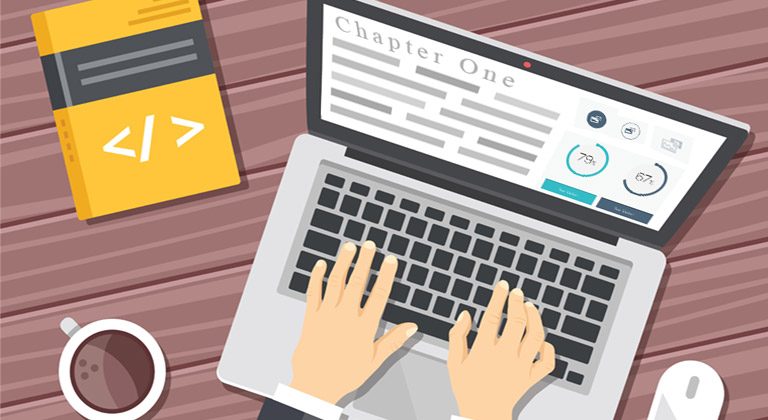
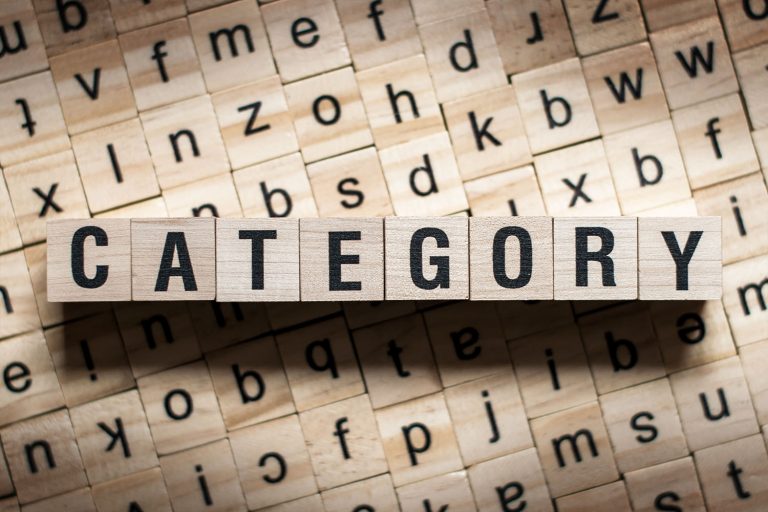






I actually make a fair amount of income from paperback sales…because I publish them on IngramSpark. IS reaches small indie bookstores and libraries in ways that B&N and Amazon never will.
I also offer my books as large print, which is another BIG draw for libraries, which struggle to buy enough large print books to satisfy their most voracious readers. (Having worked in libraries for seven years, I can personally attest to this!)
You’re never going to make much in PB sales if you just publish your paperbacks to Amazon, but offering large print AND publishing to B&N and IS means that paperbacks can actually be a nice side source for income rather than a vanity project.
As per usual, there’s such a huge world outside of Amazon that can be tapped into if you’re willing to make it happen.
Same Day Printing :You can place an order online on our website for hundreds of our standard product to be ready in a matter of hours. We can also produce highly custom-tailored traditional products & services, simply give us a call or chat live 24/7 with our friendly printing experts. All our printing is done in-house so rest assured that your order will be printed in an expedited manner, by professionals with years of experience in the print industry.